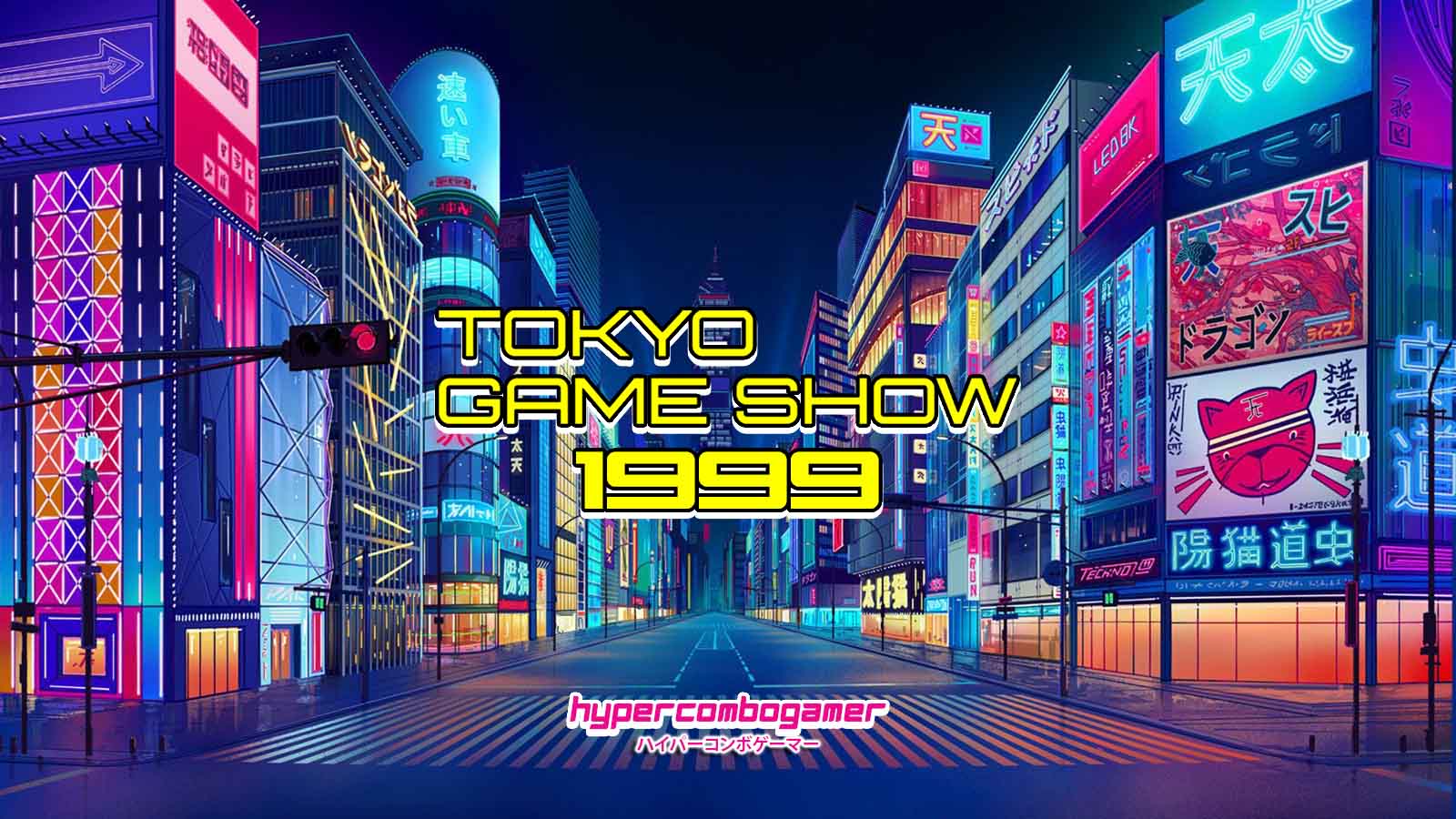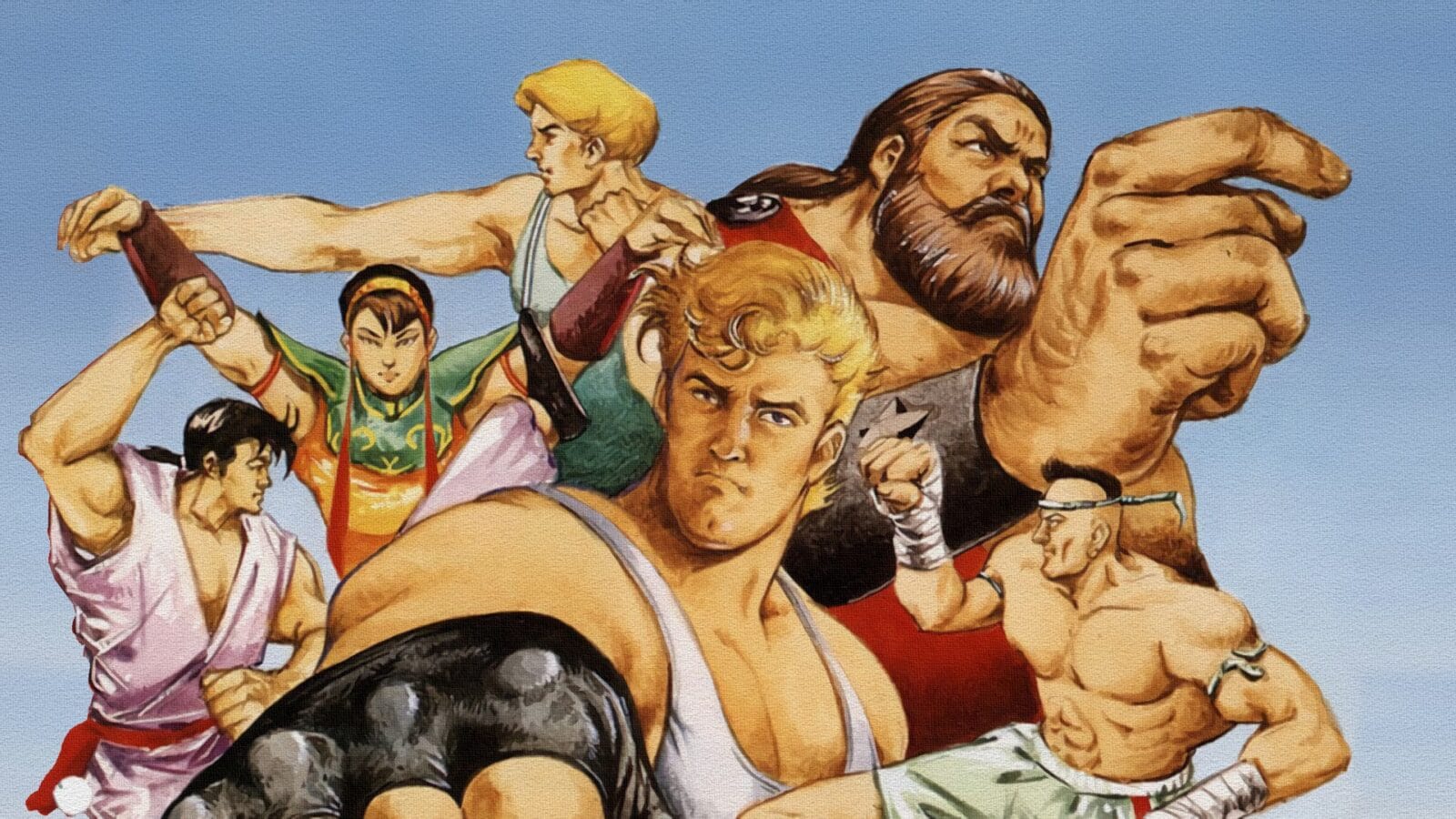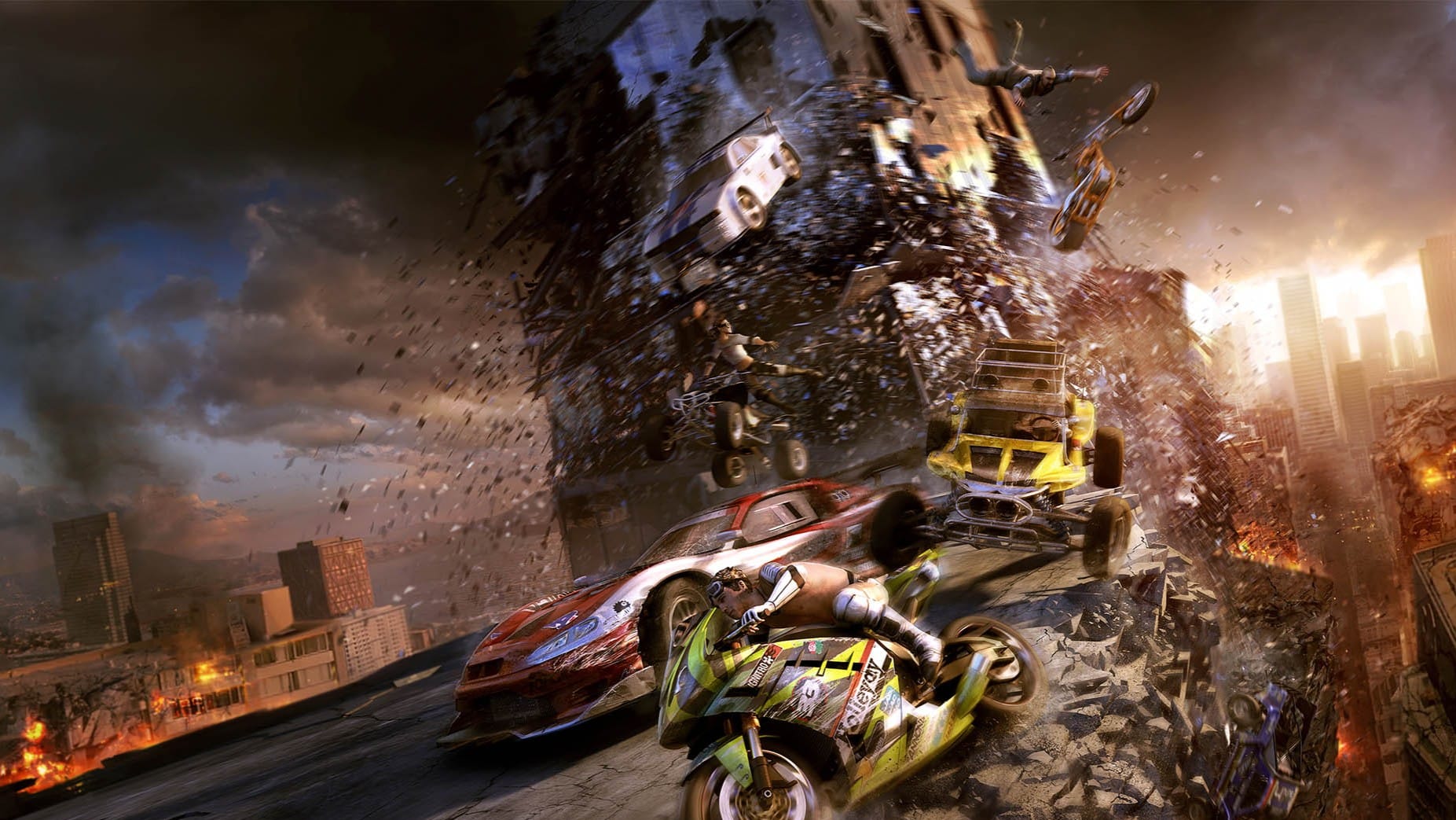So, picture this: you’re walking down a busy street in Tokyo or maybe a smaller town near a train station, and suddenly you hear this wall of sound—bright neon lights, J-pop blasting, and maybe some dramatic game battle cries. Welcome to the Japanese arcade—a place that’s more than just games; it’s a cultural phenomenon. Also known as ゲームセンター (gemusenta), these places are like neon wonderlands, packed floor-to-ceiling with arcade madness.
Arcades have been central to Japanese cultural history, shaping not only the entertainment industry but also the very fabric of daily life in the country. Join us as we explore how arcade aesthetics have influenced anime, fashion, design, and more, weaving them seamlessly into the broader cultural narrative of Japan.
History Of Arcades
Despite what many people believe, the origins of arcade gaming date back to the early 1930s, when Sports Land, the first entertainment center was opened. These machines were fully mechanical, as the computing power needed for video games didn’t exist yet. At that time, Pachinko machines were very popular in Japan.
Around the 1950s, Japan was industrializing at breakneck speed, and with that came urbanization and increased disposable income. People were moving to cities, where leisure activities became a way to unwind from the grind of modern life. Japan’s manufacturing industry was also booming, with companies eager to innovate. This created the perfect storm for arcades to flourish.
In 1955, a little-known company called Nakamura Manufacturing (which would later become Namco) built two wooden horses for a department store in Yokohama. These weren’t video games—they were mechanical rides designed to entertain families.
This marked Namco’s entry into the amusement industry, and it was a modest one. The company focused on family-friendly attractions, like kiddie rides and simple games, which were a hit with post-war families looking for affordable fun.
1970s – The Birth Of Arcade Gaming
The 1970s marked a seismic shift in arcade history: the arrival of video games. In 1973, Taito released Elepong, Japan’s first arcade video game. It was a simple tennis simulation, but it was groundbreaking. For the first time, players could interact with a screen, and the concept of digital entertainment began to take hold.
Then came Space Invaders in 1978. This wasn’t just a game—it was a cultural phenomenon. The addictive alien-shooting action caused such a frenzy that Japan experienced a shortage of 100-yen coins! Arcades were packed, and for the first time, video games became a mainstream obsession.
1980s – The Golden Age
The 1980s are often called the Golden Age of Arcades, and for good reason. Games like Pac-Man (1980) and Galaga (1981) became global icons. Pac-Man, with its quirky characters and maze-chasing gameplay, appealed to not just hardcore gamers, but to all ages. It was a cultural touchstone, appearing on everything from lunchboxes to TV shows.
Arcades during this era were more than just places to play games; they were social hubs. Teens would gather after school, competing for high scores and bragging rights. The atmosphere was electric, with rows of cabinets blaring sound effects and players cheering each other on.
This was the era when arcades became synonymous with youth culture, not just in Japan but around the world.
1990s – Fighting & Rhythm Games Take Over
The 1990s also saw the rise of fighting games, with Street Fighter II (1991) leading the charge. This game wasn’t just about button-mashing; it required skill, strategy, and quick reflexes.
Street Fighter II sparked a competitive scene that laid the foundation for modern esports. Arcades became battlegrounds where players could test their skills against the best in town. The sense of community and rivalry was intense, and it cemented arcades as places where gaming culture thrived.
By the late 1990s, arcades needed a new hook to stay relevant. Enter Dance Dance Revolution (DDR) in 1998. This wasn’t just a game—it was a full-body experience. Players stomped on arrows in time with music, turning arcades into dance floors.
DDR was a game-changer (pun intended). It attracted a wider audience, including casual players and even non-gamers. Rhythm games became a gateway for people who might not have touched a joystick before. Plus, they were incredibly social—you’d often see groups of friends taking turns or cheering each other on.
New Attractions
As video games evolved, so did arcades. UFO Catchers (crane games) became a staple, offering players the chance to win plush toys, figurines, and other collectibles. These games weren’t just fun—they were a major source of revenue for arcade owners.
Then there’s Purikura—the iconic Japanese photo booth experience, where snapshots meet self-expression. Emerging in the mid-90s, Purikura evolved beyond simple passport-style booths into mini art studios, letting groups decorate photos with doodles, stickers, and filters.
These booths transformed arcades into hangout spots for teens and young adults, especially women. They offered a creative escape—part social ritual, part visual diary, immortalizing friendships and relationships in kawaii-coated prints. In a culture that values both group bonding and personal style, Purikura became an arcade institution—proof that the space could be more than joysticks and high scores.
Influence on Anime & Manga
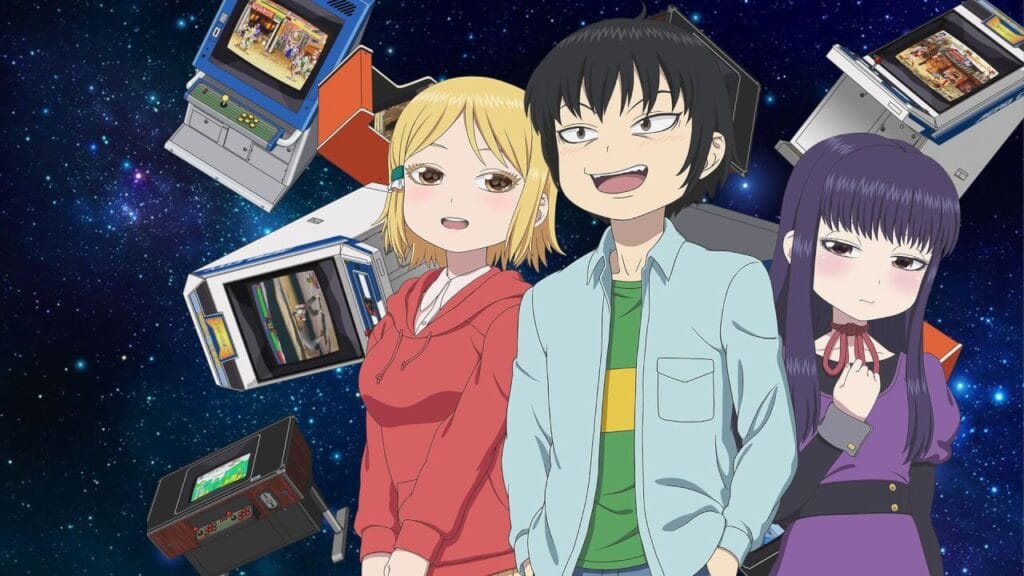
When you look at anime and manga, it’s easy to spot how much arcade culture has shaped the visuals. Since the heyday of 8-bit and 16-bit gaming, pixel art and lo-fi game aesthetics have become nostalgic signifiers, frequently referenced and reimagined across genres. Series like High Score Girl transport viewers to the golden age of arcades, blending coming-of-age narratives with the thrill of button-mashing duels.
In shows like Naruto or One Piece, the story often revolves around characters leveling up and facing off against increasingly powerful enemies. This whole “boss battle” vibe takes a lot of inspiration from arcade games, where you’d face off against huge, often ridiculously powerful enemies, like the final bosses in Street Fighter or Gradius. These foes were massive, with crazy designs that felt larger than life—literally and figuratively.
Now, think about characters like Frieza from Dragon Ball Z. His form, his transformation sequences, and the sheer drama of the battles against him? Totally echoes that arcade villain energy. He’s this monstrous figure that has to be overcome, just like those final bosses in old-school arcade games, where every fight felt like the ultimate test of skill and endurance.
Impact on Fashion

The pixel-perfect charm of classic arcade visuals has made a seamless leap from screens to streetwear. Designers take classic symbols from the arcade era and give them a modern twist, adding texture, color, and a layer of humor that appeals to both fashion lovers and gamers. Brands like Uniqlo and BAPE have collaborated with gaming giants, splashing retro icons like Space Invaders, Pac-Man, and Street Fighter across hoodies and tees. Neon motifs, pixel patterns, and joystick emblems now adorn everything from sneakers to snapbacks, transforming arcade culture into a wearable aesthetic.
Walk into any Japanese toy store—or better yet, an Akihabara gacha capsule machine corner—and you’ll find a treasure trove of arcade-inspired collectibles. Miniature arcade cabinets, pixel-art keychains, and figurines of Chun-Li mid-kick or Sonic in his iconic run stance tap into a collective memory bank.
Harajuku fashion has long been a playground for bold experimentation, and in recent years, gaming-inspired designs have found their place in this vibrant style. This playful blend of retro gaming and “kawaii” culture creates a fresh, edgy visual language that’s both nostalgic and contemporary. Arcade aesthetics in Japanese fashion don’t merely reference the past—they remix it.
Urban Design & Architecture
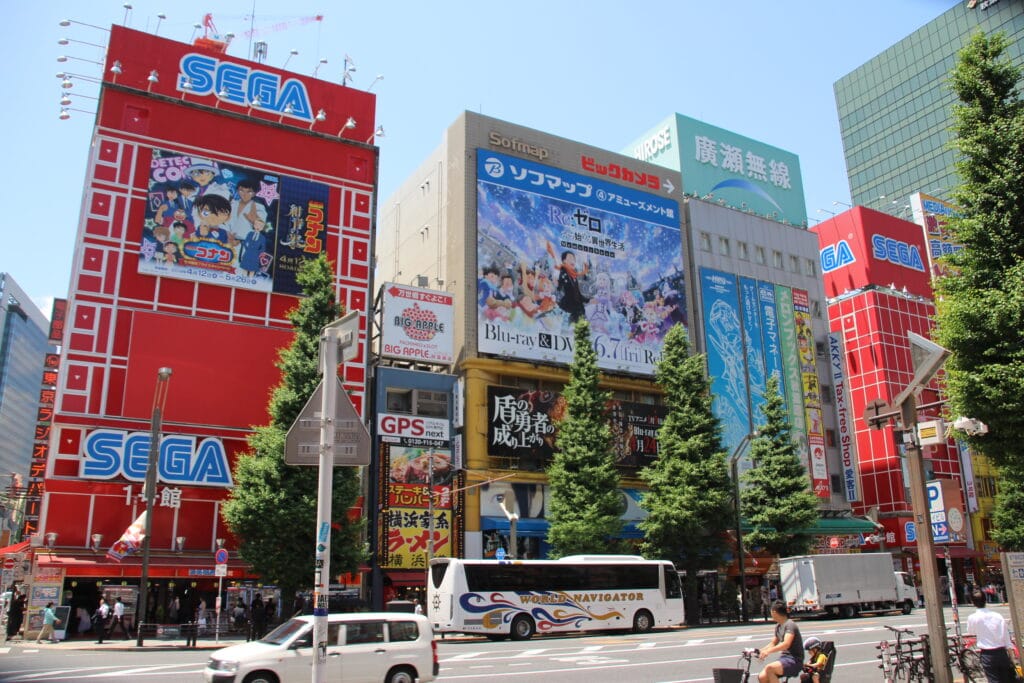
Nowhere is the fusion of arcade aesthetics and urban design more palpable than in Akihabara, Tokyo’s mecca of gaming and otaku culture. Walking through its electric streets feels like stepping into a living arcade—towering buildings clad in anime banners, glowing LED billboards, and storefronts radiating neon hues reminiscent of the 80s and 90s game palettes.
The architectural style itself often mirrors the modular, grid-like precision of classic games. Bright colors, blocky signage, and pixel-inspired patterns transform the urban environment into a multi-level maze, evoking the very stages and platforms from vintage arcade titles. Spaces like the now-closed Kawasaki Warehouse arcade even pushed this aesthetic into cyberpunk territory, combining dystopian design with retro gaming elements, creating an immersive environment that blurs the line between reality and virtual play.
The arcade’s visual language—bold, geometric, and unapologetically colorful—has seeped into the DNA of Japanese urban design, creating a uniquely futuristic yet nostalgic atmosphere that continues to define modern cityscapes.
The Arcade in Everyday Life
Japanese arcades were never hidden away in suburban malls or niche gaming districts—they were embedded into the very fabric of daily city life. Strategically positioned near train stations, shopping complexes, and entertainment districts, these game centers became impossible to ignore. Their neon signs and open entrances beckoned commuters, students, and professionals alike, offering a quick escape between appointments or a way to kill time before heading home. The sheer convenience of their locations ensured that arcade gaming wasn’t a special occasion—it was part of the rhythm of daily urban life.
Step into a Japanese arcade, and you’ll find a fascinating blend of people from all walks of life. On the first floor, you’ll notice couples huddled around crane games trying to win plushies. On the upper floors, you can find teenagers flocking to rhythm games, as well as office workers in suits battling for high scores on shmups. Despite the stereotype of arcades as the domain of young gamers, Japanese game centers became inclusive spaces where generations overlapped—a rare environment where students, professionals, and even tourists shared the same flashing screens and digital battlegrounds.
Japan’s ability to blend nostalgia with modern novelty birthed a wave of arcade-themed cafes and bars. Spaces like 8bit Cafe in Tokyo serve cocktails named after classic games, with patrons surrounded by vintage consoles and pixel art décor. Similarly, Insert Coin Bar offers drinks alongside retro gaming stations, transforming arcade culture into an aesthetic lifestyle experience.
How Arcades Influenced Everyday Speech
It’s kind of insane how arcade lingo has worked its way into everyday Japanese speech. Phrases like “レベルアップ” (reberu appu, “level up”) have become a regular part of conversations—not just when talking about games, but also when discussing things like personal growth or career progress. Like, you might hear someone say, “I leveled up in my job,” or, “We need to level up our relationship.”
And then there’s “ゲームオーバー” (gemu oba, “game over”). It’s not just something you say when you’re out of lives in a game anymore—it’s become the go-to phrase for anything that feels like a big failure. Missed a big exam? Game over. That date? Definitely game over.
But it’s not just words that made the jump from arcades to everyday language—sound effects did too. Remember those classic bleeps and pings you’d hear from an arcade machine? Well, they’ve morphed into all kinds of onomatopoeia. You’ve got “pyu-pyu” for mimicking shooting sounds or “dodon” for the big boom of arcade explosions. Even in manga, action scenes often replicate those iconic game sounds—transforming a simple panel transition into a soundscape of bam-bams and ka-chings. It’s like the very rhythm of arcade action has become a part of everyday Japanese speech.
Conclusion
Arcades have proven to be much more than just a niche interest within the gaming world—they’ve shaped entire generations of Japanese culture. From the iconic visuals to the catchy tunes and the social hubs that arcades provided, these elements have transcended the confines of gaming to become integrated into Japan’s broader pop culture.
Even as the arcade industry faces challenges in the digital age, its impact continues to echo. The digital and virtual realities we experience today, from VR to mobile gaming, owe a lot to the innovations sparked in these game centers. As Japan continues to evolve and innovate, the legacy of arcade aesthetics will surely remain a core part of its cultural identity—both at home and around the globe.



